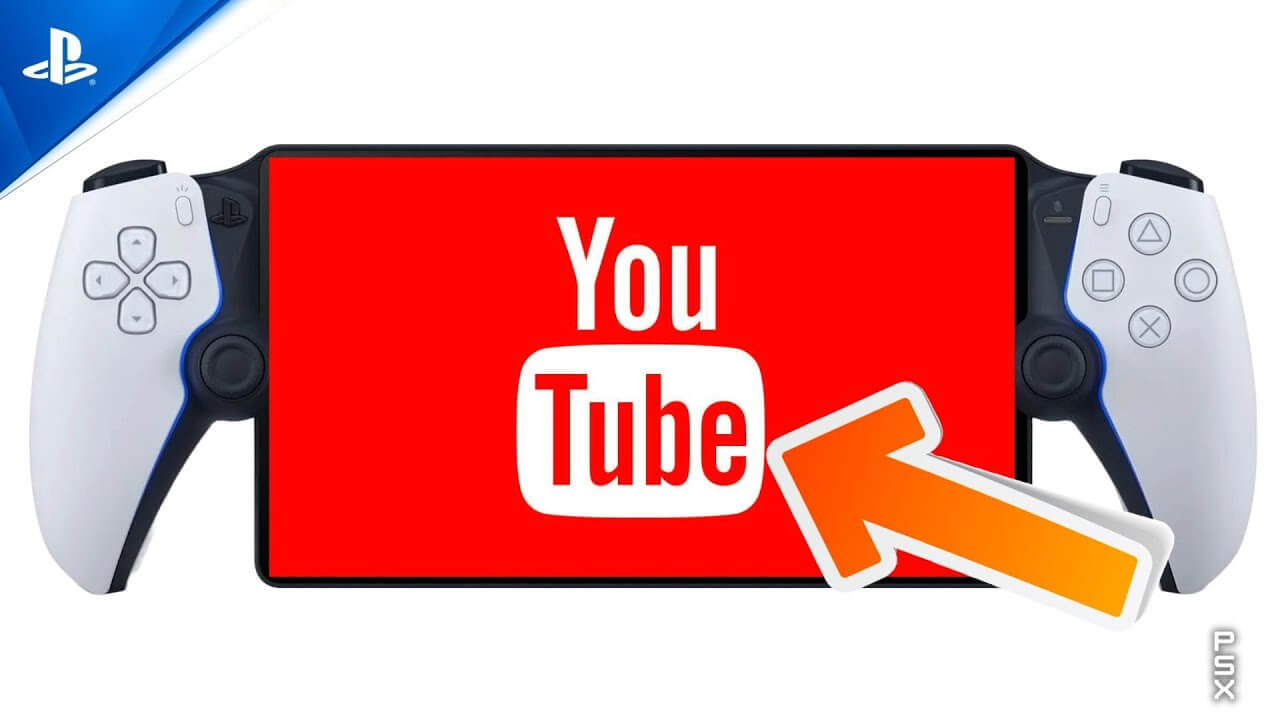In the Pokémon TCG, Energy cards are the literal fuel—no Energy, no attacks, not even a weak slap. Players attach one Energy per turn, powering up Pokémon to release special moves like thunderbolts or, yes, flamethrowers. Most decks pack Basic Energy, but there are fancier Special variants for extra tricks—think healing or multi-type coverage. And in digital versions, Energy just appears each turn—laziness or efficiency? There’s more to this essential mechanic than meets the eye.
Energy—it’s the unsung hero of every Pokémon TCG match, the fuel behind every thunderbolt, flamethrower, or psychic blast. Without those humble Energy cards, even the fiercest Charizard is just a big, scaly benchwarmer. In the Pokémon Trading Card Game, Energy cards are the essential resource that powers Pokémon attacks, and every player wrestles with the simple truth: no Energy, no action.
No Energy cards, no action—every Pokémon TCG battle runs on this simple truth, turning power into play and strategy into victory.
The main types of Energy are pretty recognizable—Grass, Fire, Water, Lightning, and the rest of the crew. These basic Energy cards are the bread and butter of most decks, attached to Pokémon one per turn (unless a card says otherwise). This one-attachment-per-turn rule keeps things just a bit fairer, preventing speedy pile-ups that could otherwise turn matches into a chaotic free-for-all. Players can have more than four copies of Basic Energy cards in their decks, unlike Special Energy which has stricter limits. In the Energy Zone system used in digital versions like Pokémon TCG Pocket, Energy is generated automatically at the start of each round instead of being attached from a player’s hand.
Each Pokémon attack features specific Energy requirements, clearly displayed on the card. If the attack needs, say, two Water and one Colorless, you need two Water Energy cards and anything for the Colorless spot—basic, special, or even one of those rare Rainbow Energy cards that seem to show up just when you’ve already searched your deck twice. Colorless Energy is kind of the wild card here—any type fits the bill, so there’s a little flexibility.
Special Energy cards are the show-offs of the Energy world. Cards like Rainbow Energy or Prism Energy not only cover multiple needs but sometimes toss in a bonus effect, such as healing or damage prevention. Of course, these cards are rare and, frankly, don’t grow on Poké-trees.
Sometimes, clever players use Trainer cards or Pokémon abilities to move Energy around, snatching it from the discard pile, shifting it between Pokémon, or even attaching extra Energy in a single turn. But, as with most things, there are limits—unless a card says otherwise, the standard one-per-turn rule stands.
In digital versions like Pokémon TCG Pocket, Energy cards take a backseat to a new system, the Energy Zone, which handles the resource generation automatically. Whether physical or digital, though, Energy remains the fuel for every strategy, every comeback, and every moment of triumph.
